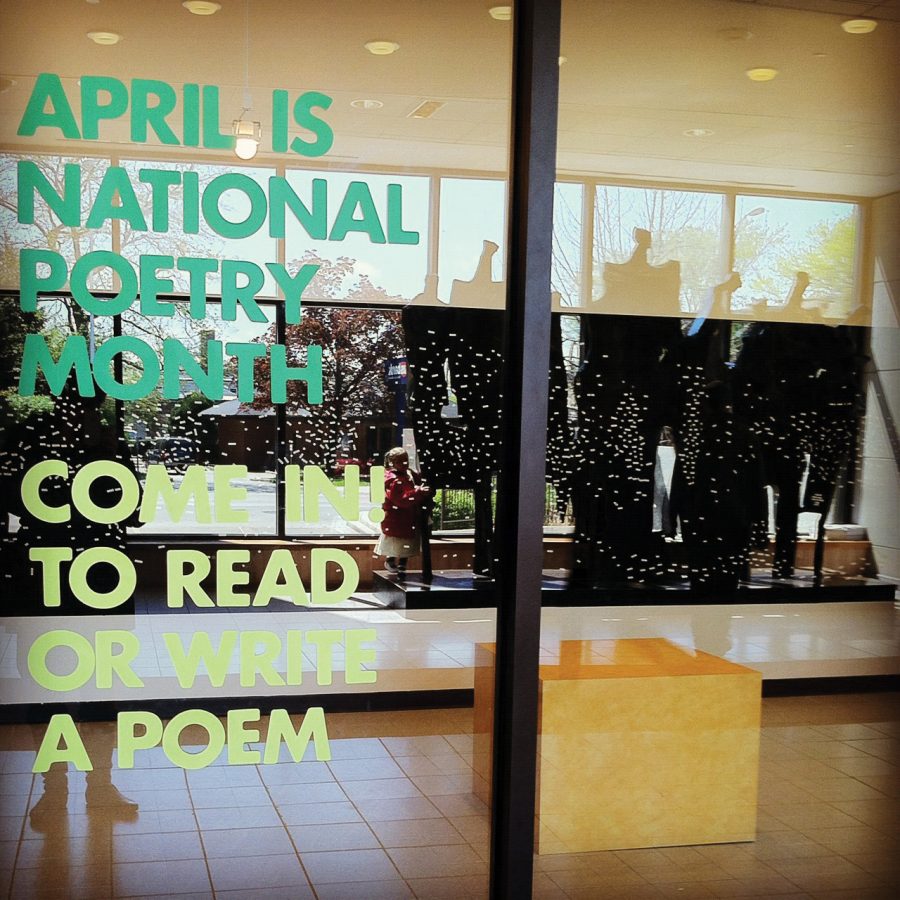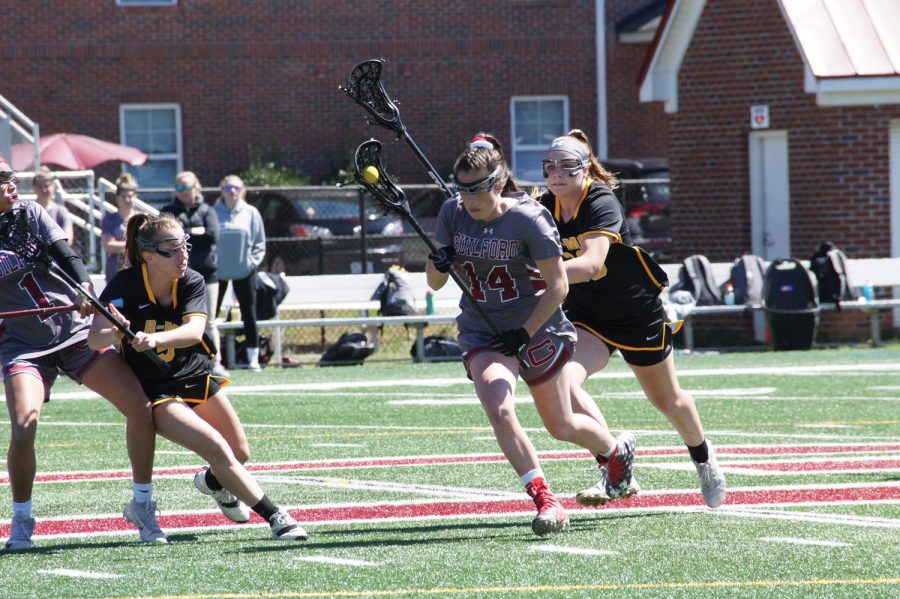To the Editor,
In my late teens, I rose up three times in defense of three girls, two of them my girlfriends. One of the accused received a black eye, one a bloody nose and the other “ate mud.”
I later discovered that I had acted unjustly. The three boys had not genuinely offended or harmed the girls. They simply did not like the boys, could not stand them, would not tolerate them. I apologized to the boys, learned a painful lesson and grew up. I still live with the regret.
In an increasingly polarized and belligerent society, it can be difficult to differentiate between a genuine offense and threat or a perceived offense and threat. Our perceptions, especially when skewed by cultural biases, often do not align with reality. Such biases produce irrational paranoia, over-sensitivity and slight-perception. These manifest intolerance.
Clinical researchers recognize that slight-perception in some narcissistic sub-types precedes rage. Such narcissists, obsessed with their own self-image, are driven by a hyper-vigilant lookout for criticisms, which give pause to their illusions. Such criticisms are perceived as intolerable slights, and they trigger a wrathful demand for justice. Their “justice” sometimes attempts to silence contrary voices, so they can resume living in insular spaces of confirmation bias where their identities go unchallenged. I suggest cutting off sources that enable this antisocial behavior.
As Guilford College formulates a response to the Chalkboard Controversy, I caution you to consider the above realities and to calculate objectively what legally and materially constitutes true hate, threat or harm, lest you infringe upon civil liberties by censoring protected speech. Oh, and the next time you solicit anonymous “public concern” about a polarizing topic, expect to be mortified. Why should you? Some of your faculty and students are products of your ethos, are they not? Though you wear a peacemaker’s mantle, you condone race, class and gender agitation, do you not? Agitation incites intolerance and hostility.
I remind the community that prior to the polarization of American society in the 1990s, most adults of my generation practiced an ethos of tolerance, which cherished freedom of conscience and speech. Except for a few antisocial elements, we tried not to coerce our neighbors into embracing and celebrating our beliefs and experiences. In civilized social circles, we celebrated our commonalities and debated our differences, pursuing stable coexistence by patiently widening tolerances. It was a tense, imperfect, sometimes rude system, but a willingness to engage made it work. Tolerance and sociality served us well.
James Rick




